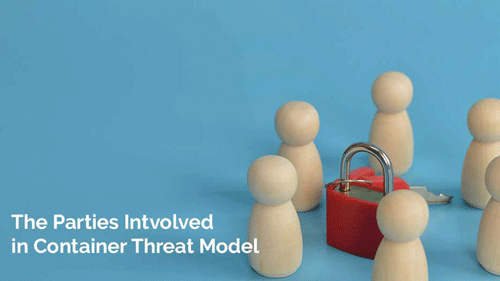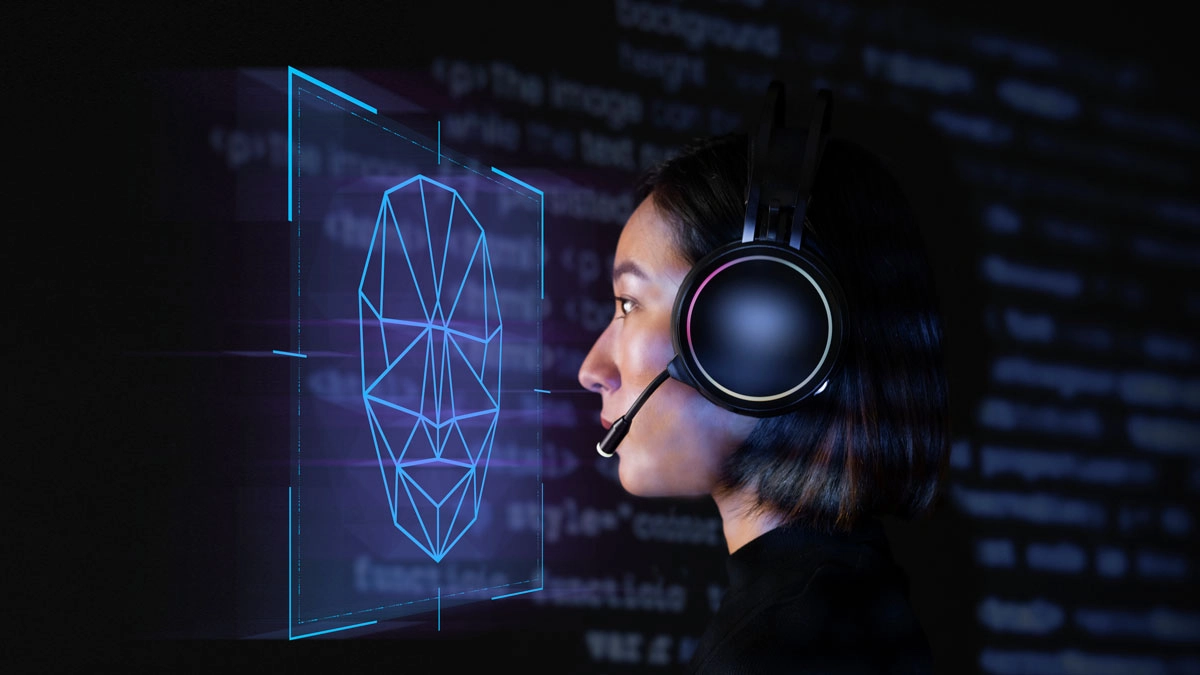Containerized applications are the cornerstone of modern software architectures. However, the complexity and dynamism of containerized environments can make them difficult to secure. To address this challenge, organizations need to develop a comprehensive container threat model that considers all the different parties involved in deploying and running containers. The most common actors in a container environment include developers, operators, and users. Developers are responsible for writing the code running in the containers and configuring how they will be deployed. Operators are responsible for deploying, running, and managing the containers on a platform such as Kubernetes or Docker Swarm. Finally, users interact with the applications running in the containers to use them.
Meanwhile, some actors are involved in the container threat model. Let's look at some of the common players in this security model.
External attackers
External attackers may attempt to gain access to sensitive data or manipulate a container environment by exploiting vulnerabilities in code and configurations. They can range from sophisticated nation-state actors targeting government organizations to malicious individuals seeking financial gain. External attackers include individuals and organizations with malicious intent, such as hackers, malware creators, and botnet operators. They aim to gain access to sensitive information or disrupt operations by exploiting vulnerabilities in code or configurations.
Internal Attackers
Internal attackers are those that already have access to the environment. They may attempt to gain privileges or manipulate data to suit their own interests. Internal attackers could include malicious insiders, disgruntled employees, or even careless users who inadvertently expose sensitive information.
Unreliable internal actors
Unreliable internal actors are careless or unknowingly negligent in their role. They may need to remember to patch vulnerabilities and follow best practices when configuring applications. Unreliable internal actors can create vulnerabilities that external attackers could exploit. They can also be those who can cause unintentional damage. A careless operator, for example, may accidentally delete a service or critical data from the environment without realizing the consequences of their actions.
While these parties may seem worrying, there are crucial measures that you can take to protect your container environment. Developing a comprehensive security strategy that takes into account all of the different actors in the threat model is essential for ensuring the safety of your applications and data. With the proper controls in place, you can ensure that only authorized users can access sensitive information and that operations remain secure.
The key takeaway from creating a container threat model is that no matter the size of your organization, it is vital to be aware of all the different actors and potential risks associated with containerized environments. By understanding all players involved and implementing strong security measures, you can ensure that your environment remains secure.





No Comments Available...